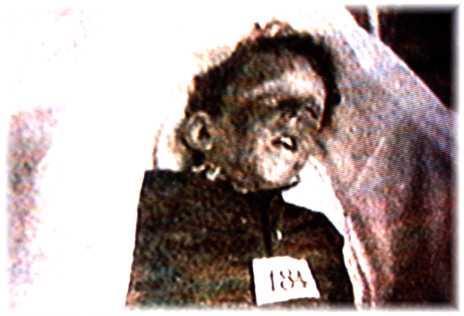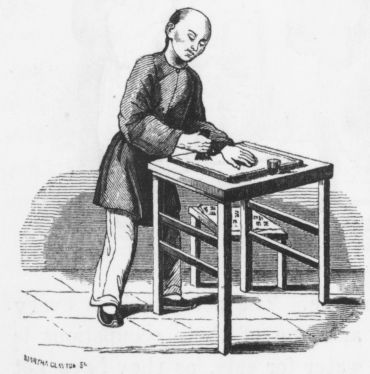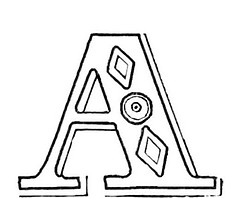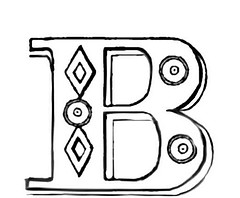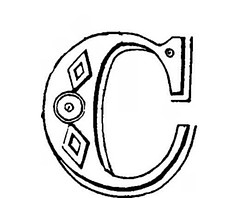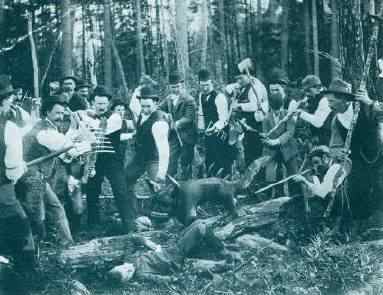“In the town of Ratisbon a certain young man who had an intrigue with a girl, wishing to leave her, lost his member; that is to say, some glamour was cast over it so that he could see or touch nothing but his smooth body. In his worry over this he went to a tavern to drink wine; and after he had sat there for a while he got into conversation with another woman who was there, and told her the cause of his sadness, explaining everything, and demonstrating in his body that it was so. The woman was astute, and asked whether he suspected anyone; and when he named such a one, unfolding the whole matter, she said: ‘If persuasion is not enough, you must use some violence, to induce her to restore to you your health.’ So in the evening the young man watched the way by which the witch was in the habit of going, and finding her, prayed her to restore to him the health of his body. And when she maintained that she was innocent and knew nothing about it, he fell upon her, and winding a towel tightly about her neck, choked her, saying: ‘Unless you give me back my health, you shall die at my hands.’ Then she, being unable to cry out, and growing black, said: ‘Let me go, and I will heal you.’ The young man then relaxed the pressure of the towel, and the witch touched him with her hand between the thighs, saying: ‘Now you have what you desire.’ And the young man, as he afterwards said, plainly felt, before he had verified it by looking or touching, that his member had been restored to him by the mere touch of the witch.”
— “How, As It Were, [Witches] Deprive Man of His Virile Member,” Malleus Maleficarum, 1487

